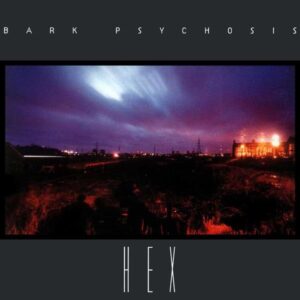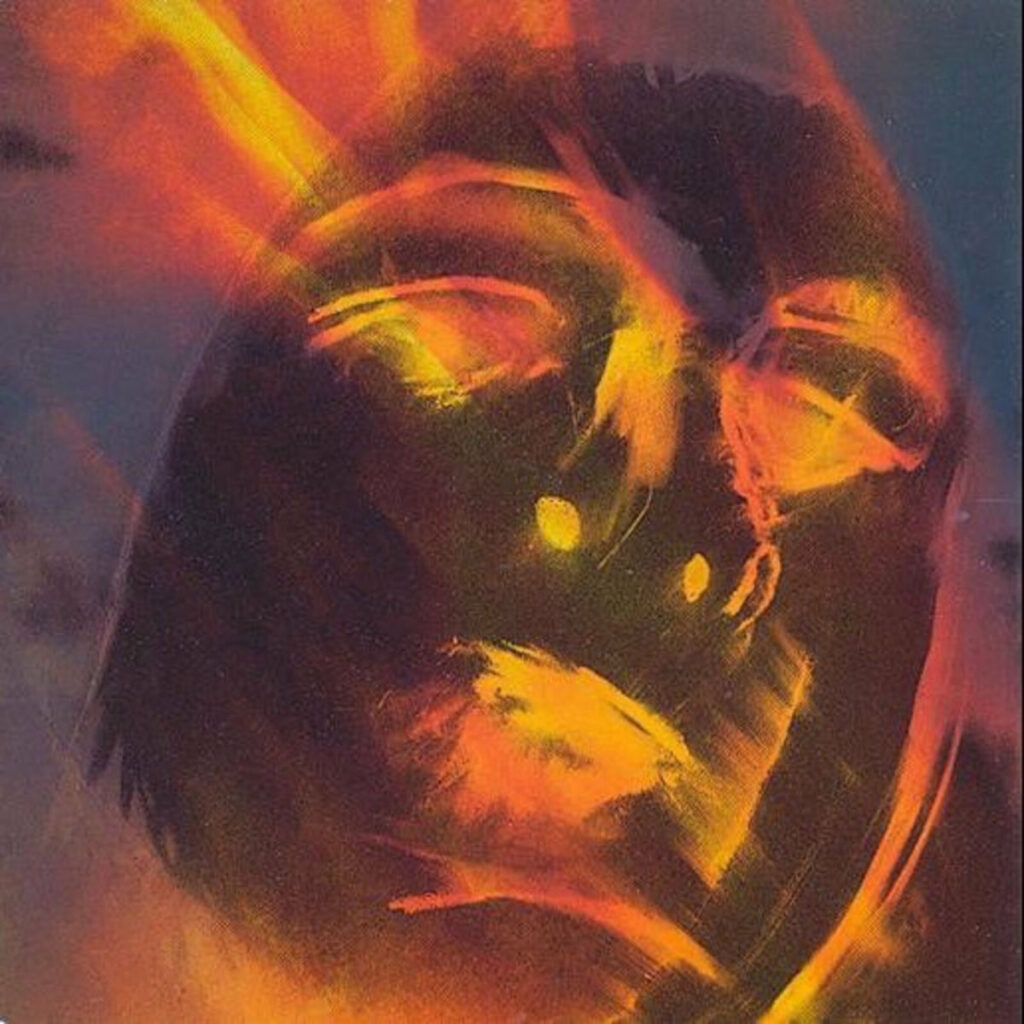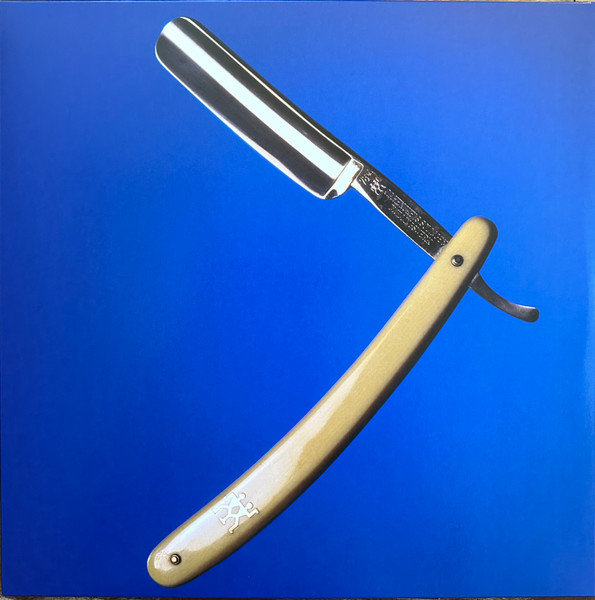Pylons, Streetlights and Purpling Skies

“Juxtaposition unite the disparate threads within the brownfield fringe. Natural wonders survive and thrive in the most unruly settings: enchanter’s nightshade rises from broken concrete; exotic water birds nest on old car tyres.” – Archer Sanderson, Weird Walk, 2021
“Bark Psychosis is what you would’ve gotten if bebop had moved to Leyton when it wearied of Broadway” – Peter Morris, Lime Lizard, 1992
Some of the best music is the hardest to categorise. There we have two very different summations of the same band, nearly 30 years apart, the difference between them highlighting how shifting perceptions of an artist over time can enhance their reputation. The music of Bark Psychosis is as evocative as Archer Sanderson’s words make it sound. In his piece Boundary Sounds, published in issue 4 of Weird Walk, he was actually talking in a wider context, highlighting music that provides the perfect accompaniment to rambles through the urban margins, a town or city’s outer limits within which electricity pylons, burned out cars and abandoned shopping trolleys share their semi-rural environment with rabbits, oak trees and willow warblers. He goes on to recommend, among others, the 2006 self-titled debut from South London’s Burial, plus Hex, the full-length debut from East Londoners Bark Psychosis, released in 1994.
Like so many albums over the years, Hex wasn’t exactly a success upon its release, but it has become something of a landmark album, due in part to it’s role in the naming of a genre, thanks to Simon Reynolds description of it as “post rock”, in 1994. But the music that has become synonymous with Post Rock as a genre bears little resemblance to that to be heard on Hex. It does have a lot in common with Talk Talk’s final two albums, however, and you can trace a line from the first of those, 1988’s Spirit Of Eden, through Bark Psychosis, Seefeel, Tortoise, Radiohead, Burial and right up to These New Puritans new album, Crooked Wing. And it just so happens that Crooked Wing was co-produced by Bark Psychosis founder, guitarist, vocalist and creator-in-chief, Graham Sutton, who also collaborated with Paul Webb and Lee Harris on their post Talk Talk project O.rang, in the mid-90s. So the line between those acts is clearly defined, both in terms of the sonic tone and atmosphere of their music, and in terms of the influence they had on each other – like the sonic equivalent of the ley lines that divide the land, and which lie at the heart of Weird Walk’s subject matter.


Through Bark Psychosis first few EPs you can hear a clear development in their sound and approach, beginning with the mellow Nothing Feels and the quiet-loud dynamic of All Different Things in 1990 – the spacious, atmospheric guitar and vocal fragility of which went a long way to seeing them lumped in with the burgeoning shoegaze scene of the time – then onto 1992’s far more propulsive Manman. But it was the record that came next that really set them apart; the 21-minute epic Scum, the sonic equivalent of a stroll on a sunny day, with dark clouds cowering in the distance, through an increasingly overgrown field, which may or may not contain barbed wire, it’s hard to know for certain. The band chose to record the track in the spacious environs of St John’s Church in Stratford, East London, where they rehearsed at the time. It was an adventurous and inspired decision that contributes to the sparse, cavernous sound of the record, with Mark Simnetts loose, jazz inspired drumming threatening to disappear amid the intermittent maelstrom, yet each time pulling the track back into focus. To add to the overall spirit of experimentation, the record was released as a one-sided, etched 12-inch, it’s sleeve featuring the striking image of a cut throat razor.
The debut full-length Hex followed in 1994. Again it was recorded in St John’s Church, but although you can tell it’s the same band, the album has a sonic atmosphere all of it’s own. As Archer Sanderson points out in his Weird Walk article, the album’s cover shot captures the mood of the music within perfectly. This is music for solitary drives through the urban fringes in the early hours, the world of “pylons, streetlights and purpling skies”. In that sense, and to refer back to the ley line analogy, when musical history is viewed from a raised standpoint, Hex is clearly the landmark that lies at the epicentre between Spirit of Eden and Burial’s Untrue.
For a band that started out playing Napalm Death covers in the late 1980’s to have produced something so fragile and beautiful less than a decade later is remarkable really. Following Hex’s release and Mark Simnett’s departure, they went into hibernation, with Graham Sutton going onto embrace Drum’n’Bass, before reviving the Bark Psychosis name for 2004’s ///Codename:Dustsucker. Nothing has been released since, which leaves a suitably sparse body of work for anyone new to the band to explore, which will leave plenty of time to immerse yourselves in their unique soundscapes.
Here are a few tracks to start with…




2 thoughts on “Pylons, Streetlights and Purpling Skies”
Fantastic read, love Bark Psychosis, Scum is the sound of the edge of Autumn on the edge of London
Thanks, and you’re right, Scum is exactly that.